Our team tested the Haier HOQ-F6CASGB oven earlier this year and were impressed with the results. Today we want to share our impressions of another model of this brand — HOQ-K4AAN3GB.
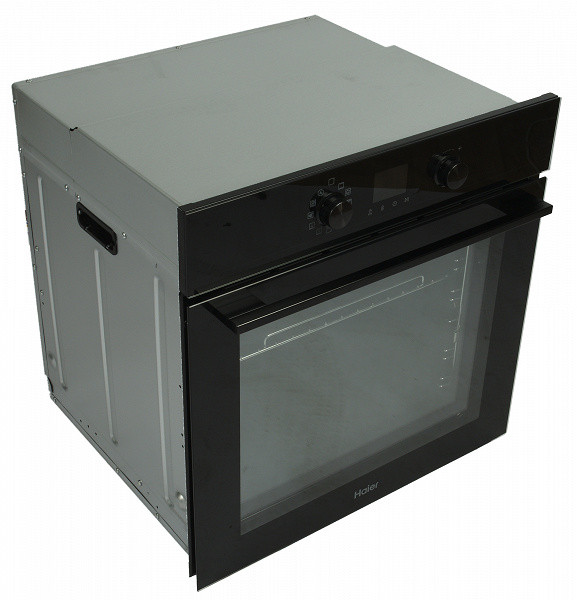
The new Haier HOQ-K4AAN3GB oven model does not have the steam and probe cooking function as in the previous version. Instead, among the main modes (there are 10 in total), the Roast and Pastry functions have been added. Among the additional features, the functions we are familiar with are retained: Vacuum cooking, Defrosting, Drying, Dough proofing and Aqua-cleaning. During operation, we will test various modes in practice to evaluate their effectiveness and share the results obtained.
Characteristics
| Manufacturer | Haier |
|---|---|
| Model | HOQ-K4AAN3GB |
| Type | electric built-in oven |
| Country of Origin | China |
| Guarantee | 12 months |
| Life time * | 7 years |
| Energy consumption | 3480 W, class A+ |
| Heating temperature | 30—250 °C |
| Volume | 72 l |
| Case color | black |
| Housing material | metal, glass |
| Inner coating | enamel |
| Door type | folding, removable |
| Number of glasses | 3 |
| Control | display, touch panel, rotary recessed switches |
| Number of operating modes | 15 |
| Cleaning type | ferry |
| Oven guides | 2 pairs, metal, removable, telescopic |
| Accessories included | metal grid, 2 baking trays of different depths |
| Functions | convection, grill, defrosting, proofing dough, sous vide, drying, convection oven, timer, control panel lock |
| Weight without packaging | 38 kg |
| Dimensions without packaging (H×W×D) | 595×595×565 mm |
* Contrary to popular belief, this is not the time limit after which the device will necessarily break down. However, after this period, the manufacturer ceases to bear any responsibility for its performance and has the right to refuse to repair it, even for a fee.
Equipment
The Haier HOQ-K4AAN3GB oven came to us for testing in a box made of plain brown cardboard, additionally secured with plastic tape.

On the side edges of the durable packaging there is a company logo, shipping badges and stickers with the name of the model, its technical characteristics and information about the manufacturer.
In addition to the oven itself, the kit includes:
- two side grids for placing baking sheets
- two telescopic guides
- grill grate
- two baking trays of different depths
- instructions, warranty card and energy efficiency sticker
At first sight
The Haier HOQ-K4AAN3GB built-in oven has an elegant and laconic design. The model is made in a classic modern style with a glossy glass facade in deep black color. There are also options available in grey, white and black with silver stainless steel elements.
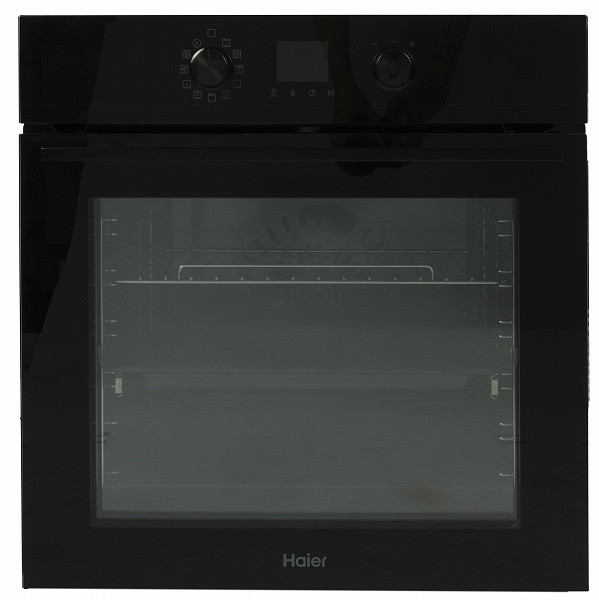
On the top of the front panel there is a control unit with a display, touch buttons below it and two control knobs that can be recessed. The handles are made of plastic with a grooved coating for easy grip with your fingers.
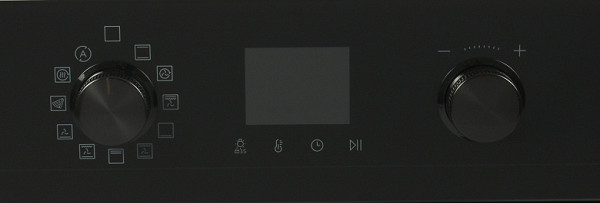
The large viewing window is moderately dark. The door opens smoothly, does not slam when closing and is held securely in the ajar position. The fit to the body is tight, without gaps or backlash. The door consists of three glass panels. The entire structure is collapsible, which greatly simplifies the cleaning process.
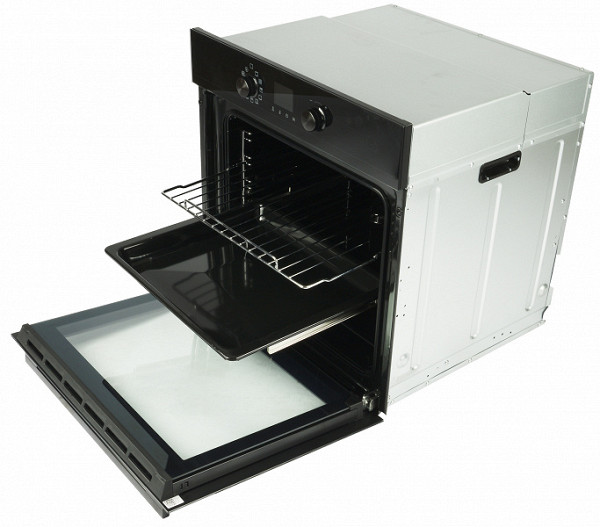
The working chamber with a capacity of 72 liters is covered with enamel. Behind the rear panel there is a heating element and a convection fan.
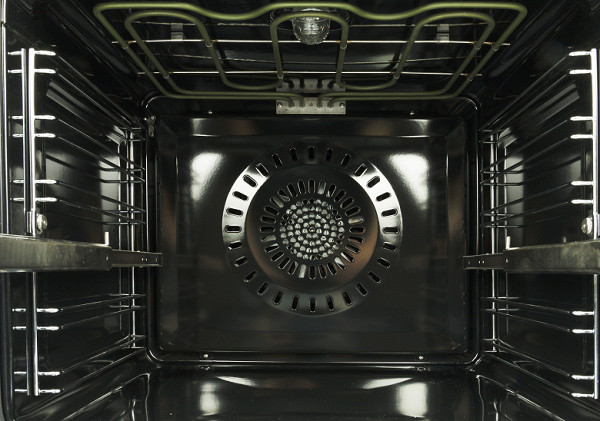
A grill heating element is fixed on top, and in the middle, closer to the outer edge, there is a light bulb that illuminates the chamber while the device is operating.

The side walls have removable side guides for placing containers on 6 levels. At one of the levels there is a pair of telescopic guides, which are also removable and can be moved to any other level.
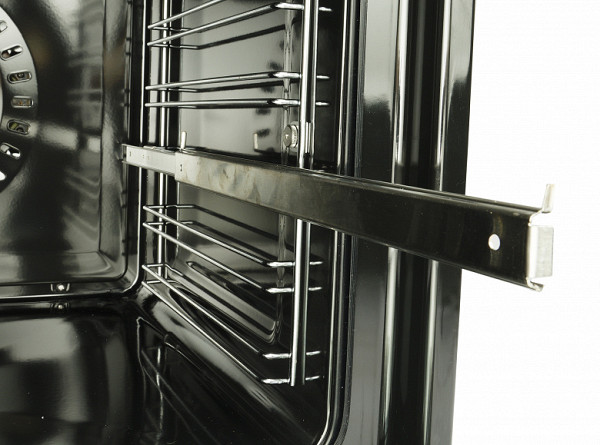
On the outer side walls of the oven there are stampings and handles in the form of recesses with plastic inserts for ease of carrying.
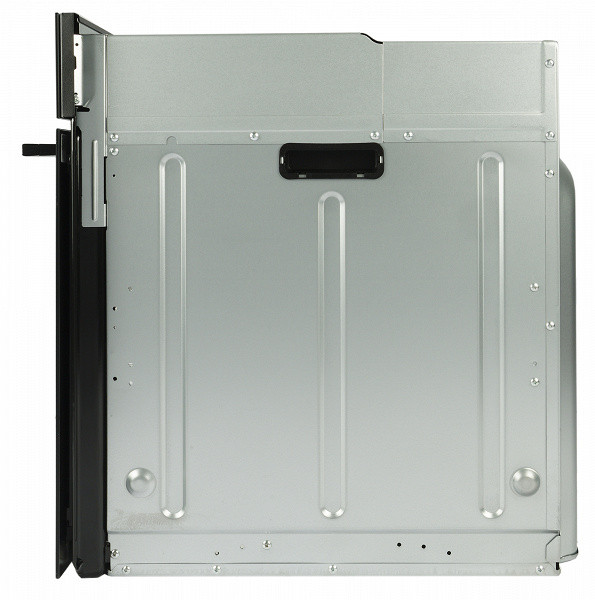
On the back wall at the bottom there are small slots for ventilation, at the top there is a place for attaching a cable without a plug.
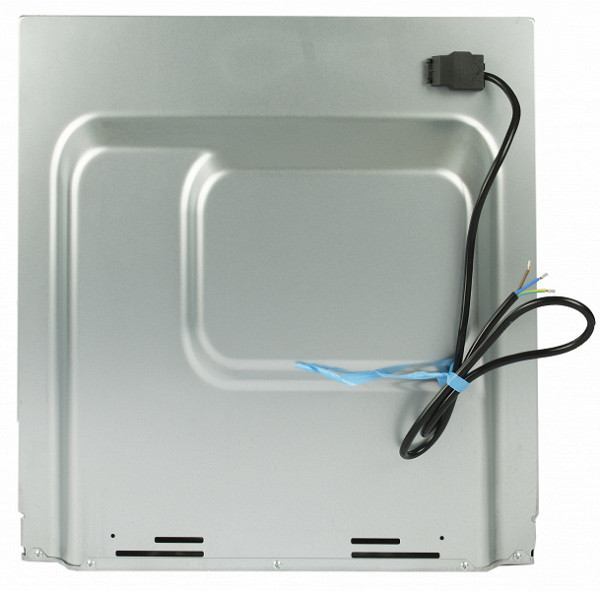
The Haier HOQ-K4AAN3GB comes with a wire rack and two enamel baking trays of different depths. The shape and materials are standard. The coating is perfectly smooth, all three accessories look good.
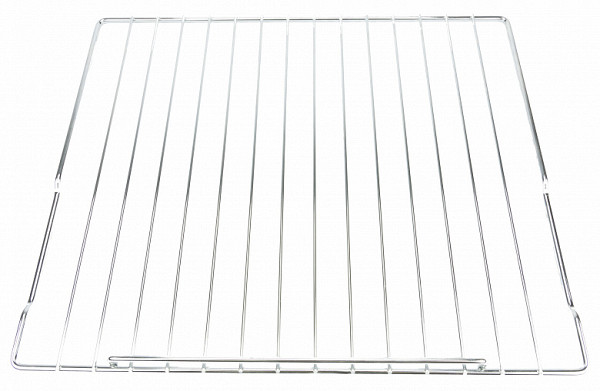
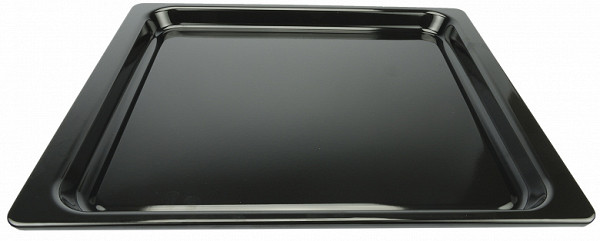
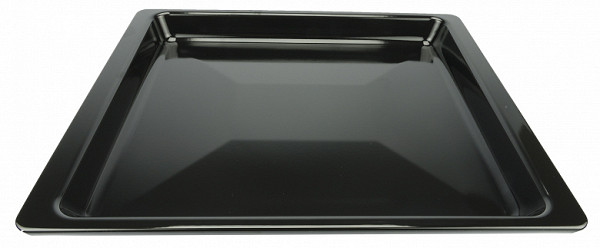
The materials used for the manufacture of the case, all removable elements and accessories are of high quality. The oven was assembled very carefully; upon visual inspection we did not notice any flaws.
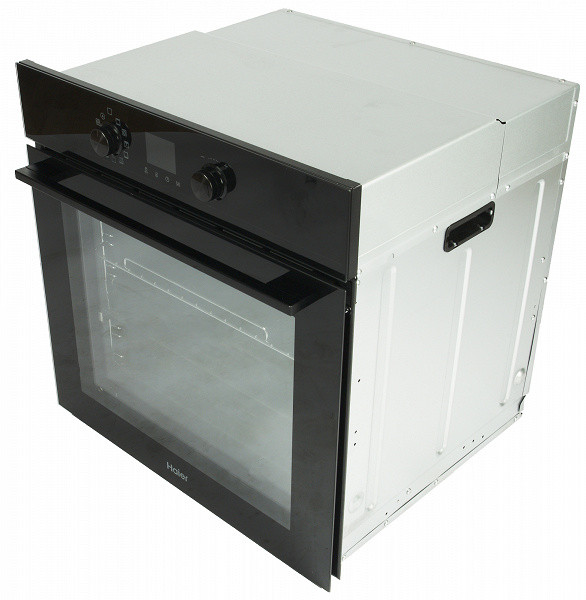
Instructions
The instructions for the oven are presented in the form of a 50-page brochure in two languages: Russian and Kazakh. It contains illustrated information about the structure of the oven, instructions for installation and proper use of all removable elements, a control manual, descriptions of all operating modes, as well as safety recommendations and rules for caring for the device.
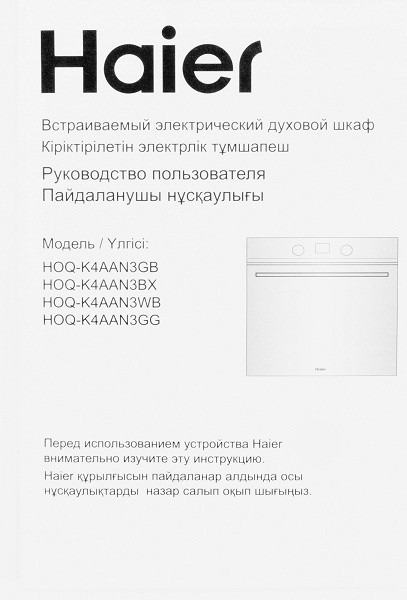
The instructions are written consistently, using simple and detailed language. After reading the document, there are no questions left, which is especially valuable when working with a multifunctional device. Managing it may seem confusing and complicated at first glance.
Control
The Haier HOQ-K4AAN3GB control panel consists of a display, touch buttons below it and a pair of round recessed switches on the sides.
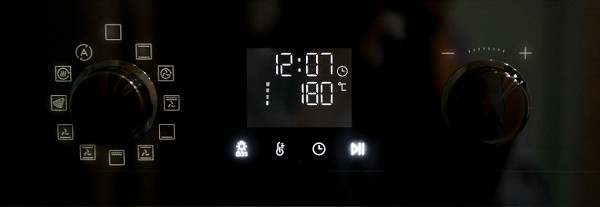
The left knob controls the selection of oven functions. The first 10 icons correspond to the following modes:
- Baking: simultaneous heating from the lower and upper heating elements.
- Forced convection: operation of the rear heating element and convection fan.
- Convection grill: upper internal and external heating elements + fan.
- Classic baking: heating from the bottom element without fan operation.
- Baking with convection: top and bottom heating elements + fan for even heating.
- Grill: upper internal and external heating elements, adjustable by level.
- Roast: A combination of grilling and baking at a set temperature.
- Pastry: bottom heating with fan for even heating.
- Pizza: lower element with fan, heating range 160–250 °C.
- Air Fryer: Top heating elements with fan for oil-free frying.
- Special programs:
- Vacuum cooking.
- Defrosting.
- Drying.
- Proofing the dough.
- Aqua cleaning.
Below the display there are buttons for:
- Turn on/off the lighting and lock the control panel.
- Heating level adjustments.
- Timer settings.
- Start and pause.
The right knob sets the cooking time and temperature in 1 minute increments from 1 minute to 23 hours 59 minutes. During the heating process, the display shows the current and set temperatures, and a soft beep sounds when the target temperature is reached.
Exploitation
We followed the instructions in the instructions and first of all, heated up the empty oven at maximum temperature for an hour. This process allowed us to get rid of a specific odor and a small amount of smoke, which disappeared almost immediately and did not appear again. After cooling, we carefully wiped the walls of the chamber, washed and dried the baking sheets with wire racks.
Operating the oven turned out to be absolutely problem-free. The device behaves predictably and fully complies with all declared characteristics. The controls, despite the many functions, are convenient and intuitive.
A range of modes with different combinations of heating elements is ideal for a variety of culinary tasks. The uniform heating of the pan and stability throughout the entire cooking process ensure excellent results. The convection fan effectively distributes heat throughout the chamber, ensuring uniform cooking regardless of the level of the pan.
Note that in the “Vacuum Cooking” and “Drying” modes, the notification that the set temperature has been reached is triggered a little earlier than the actual heating of the oven. This observation, however, is not critical, since after some time the temperature stabilizes at the desired level.
The oven body is well thermally insulated: even with prolonged use at high temperatures, the walls and glass door heat up moderately. The noise during operation is minimal — sometimes you may not notice it at all.
Care
To clean the chamber walls and door glass, use a damp cloth or soft sponge with a neutral detergent. You can clean baking trays with wire racks in the same way. The use of steel wool and abrasive detergents is prohibited.
After removing dirt manually, you can use the Aqua Cleaning function. In this mode, the chamber walls are exposed to steam for 20 minutes. Upon completion of the procedure and after cooling, the chamber is wiped with a cloth or sponge.
Our measurements
To begin with, the time to warm up a cold oven to 180 °C was 10.5 minutes, and the energy consumption during this time was 0.443 kWh.
The maximum energy consumption was recorded in Grill mode and amounted to 2745 W.
In top and bottom heating mode without convection at a temperature of 200 °C, the maximum consumption reached 2750 W. During an hour of operation in this mode, the oven consumed 1.065 kWh.
In Vacuum Cooking mode at 65 °C, the oven consumed 0.318 kWh during 1.5 hours of operation.
Comparing different grill power levels gave us the following results:
| Hi | 240—250 °C |
|---|---|
| 5 | 140—155 °C |
| 4 | 138—147 °C |
| Low | 120—128 °C |
We checked how the heating temperature on the baking sheet corresponds to the set temperature and how it varies across its surface. To do this, we used top and bottom heating mode without convection at 200 °C. The process of maintaining heat in the oven occurs as follows: first, the temperature rises to a certain level, then begins to decrease (heating is turned off), after which it increases again (heating is turned on). We recorded the minimum and maximum temperature values at five points on a heated baking sheet.
Here's what we found:
| 208—216 °C | 199—203 °C | |
| 198—204 °C | ||
| 198—205 °C | 185—190 °C |
About the thermal insulation of the body. The oven door, operating at 180-200 °C for several hours, heated up to a maximum of 48 °C, the sides and outer top panel — up to 23-30 °C.
Practice tests
Pork ribs with potatoes
A baking tray with potatoes and pork ribs rubbed with salt and paprika was placed in an oven preheated to 200 °C.
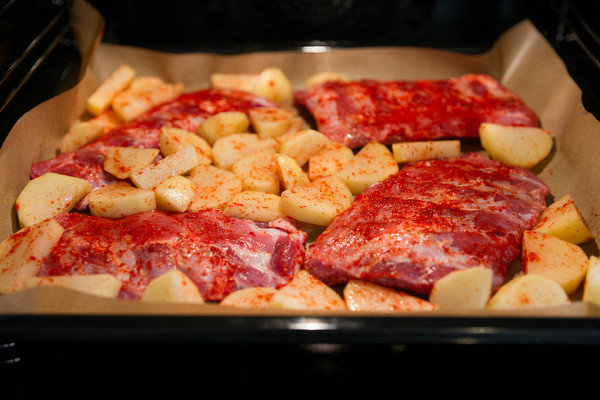
The dish was cooked in the Forced convection mode for about 30 minutes.
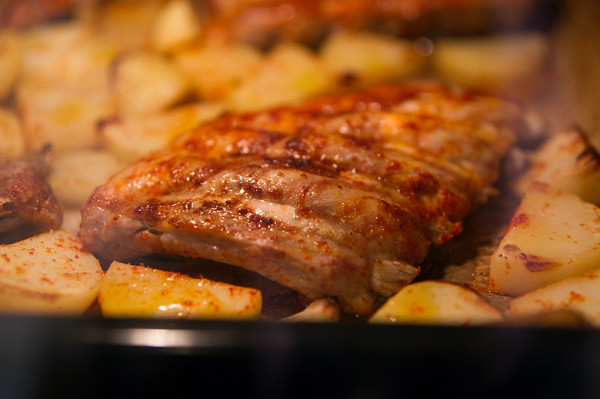
We then switched to Grill mode and moved the pan closer to the top heating element to get a more golden crust. During the cooking process, we turned the meat once and lightly stirred the potatoes. The meat remained juicy and the potato slices browned evenly without burning, giving the dish great flavor.
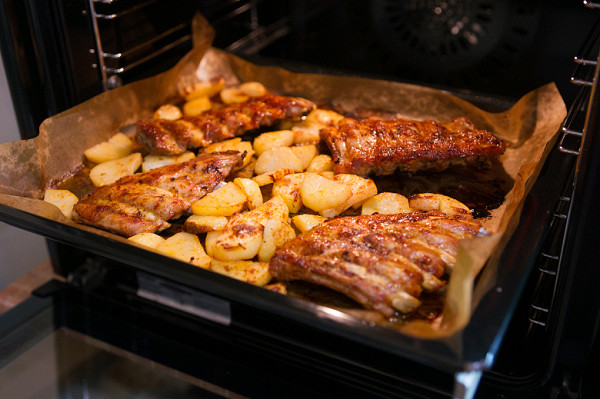

Result: excellent
Beef with vegetables, pear and prunes
As part of this test, we tested the Roast mode. Place the chopped carrots, tomatoes, bell peppers and red pear slices one by one on the baking dish. Sprinkled with a mixture of salt and spices, added prunes. The beef was cut into medium pieces, sprinkled with salt and aromatic herbs and placed on a wire rack, lined with baking paper.
The grill was installed on the second level from above, and a baking sheet with vegetables was placed below. The oven was turned on to Roast mode and the heating temperature was set to 200°C.
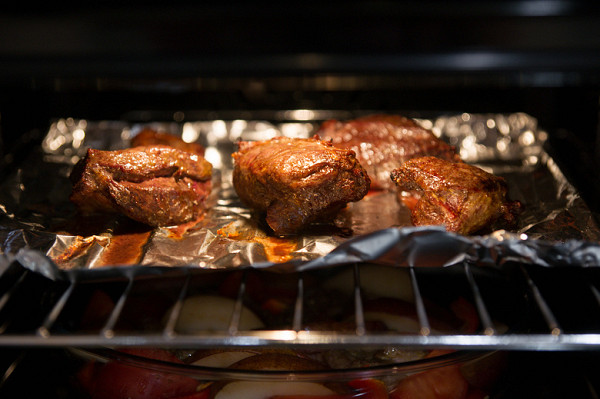
For the first 20 minutes, the grill worked as advertised.
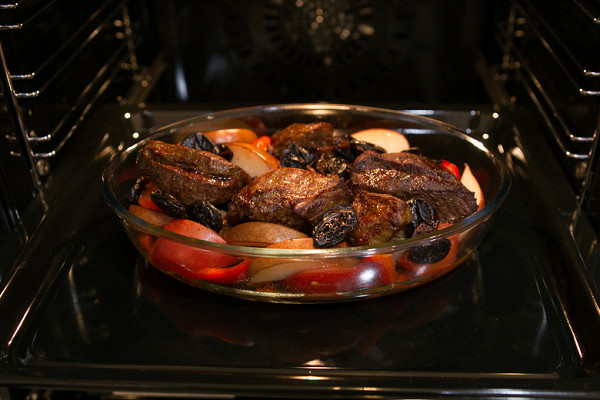
The meat was intensively baked; During the process we turned the pieces over once. When the mode changed to bottom and top heat, we placed them in a mold with vegetables and fruits, added half a glass of water and covered with foil. The dish was stewed for about an hour and a half until fully cooked.
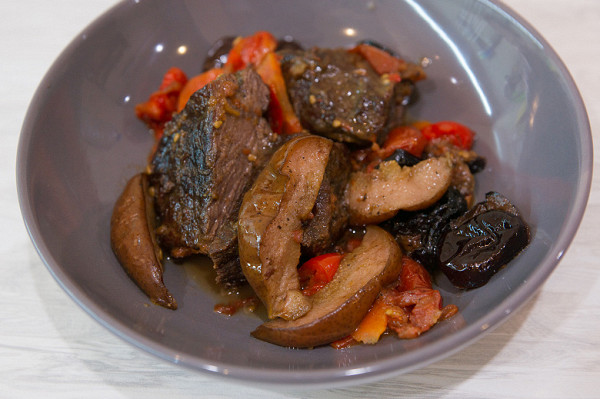
Result: excellent
Lemon cod sous vide
We treated the cod fillet with lemon juice, salted, pepper and added zest, then placed it in special vacuum bags. The fish was vacuum-sealed and left in the refrigerator for several hours.
As recommended in the instructions and based on our experience, we placed the cod in an oven preheated to 65 °C for 90 minutes. To control the temperature inside the chamber, we used a temperature probe, placing it on a baking sheet nearby.
When the oven signaled that the set temperature had been reached, the actual heating inside was lower—only 47 °C. However, the oven reached full 65°C in 9 minutes. During the rest of the time, the temperature fluctuated, rising and falling only twice by 1-2 degrees. The result was perfectly cooked fish.

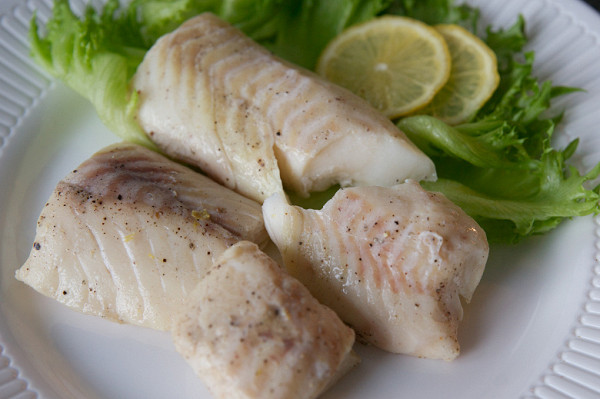
Result: excellent
Baked apples in puff pastry
For this experiment we used 4 large apples, 500 g of yeast-free puff pastry and about 70 g of honey with cinnamon and nutmeg.
The dough was divided into 16 pieces and carefully rolled out to maintain its texture and ensure airiness for future products. Longitudinal cuts were made on 8 of these rolled out squares. While the oven was preheating to 180 °C, 8 uncut pieces of dough were placed on a baking sheet. Halves of apples, previously peeled and seeded, were placed on them, greased with a honey mixture. The remaining pieces of dough were then pressed tightly to the edges to form the layers of the future baked goods.
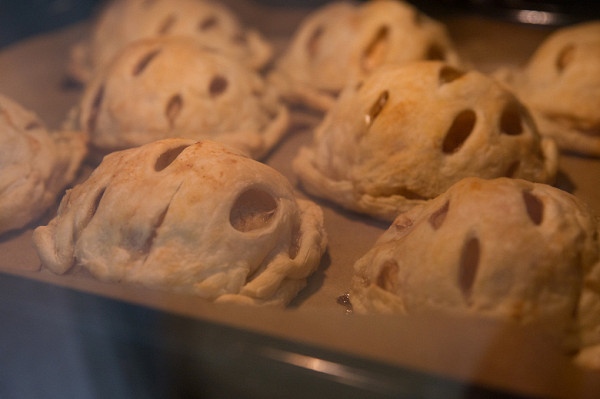
We used the top and bottom heat settings in the oven for about 30 minutes. Then we switched to the Pastry mode to fry the bottom crust more intensively. After 15 minutes we turned off the heat.
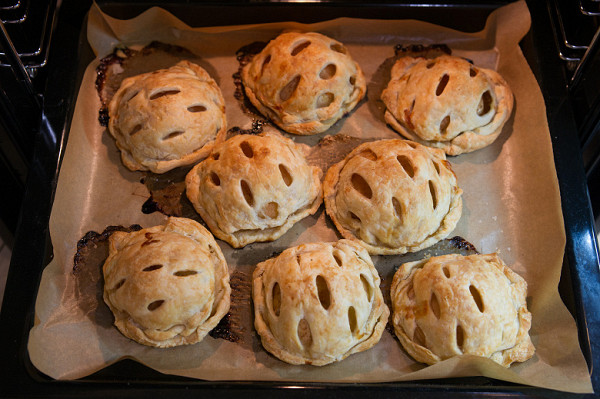
Everything was evenly baked and moderately browned.
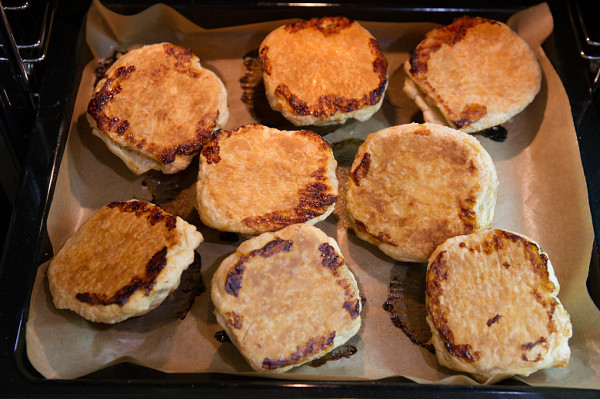
The apples became very soft, and the dough, especially on the bottom, became crispy — everything was as planned.

Result: excellent
Sun-dried tomatoes
To check the drying mode, a wire rack with tomato slices, peeled from stems and entrails, was placed in an oven preheated to 70 °C. As in the previous test with cooking in a vacuum, the oven again notified that the set temperature had been reached with a small margin.
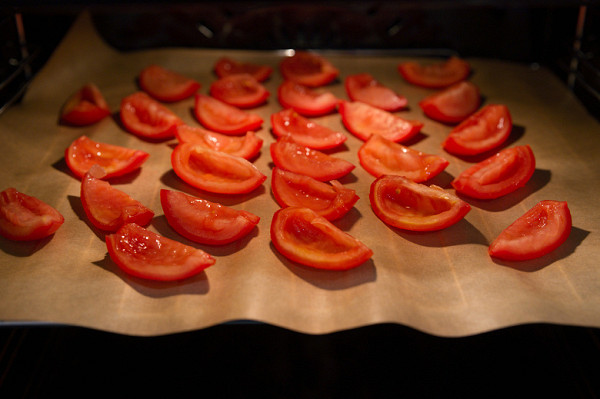
When the display indicated 70 °C, the temperature probe inside the oven only showed 45 degrees. After about 10 minutes, the chamber reached the desired level and maintained a stable temperature until the end of the process. Over the course of time, we noticed several times that the temperature rose to 83 °C and slowly dropped to 70 °C. These fluctuations did not affect the result, so they should not be considered a drawback.
The tomatoes were perfectly dried in exactly 8 hours, as recommended in the instructions. They stayed on the rack during this process without being flipped or moved, but still dried evenly.
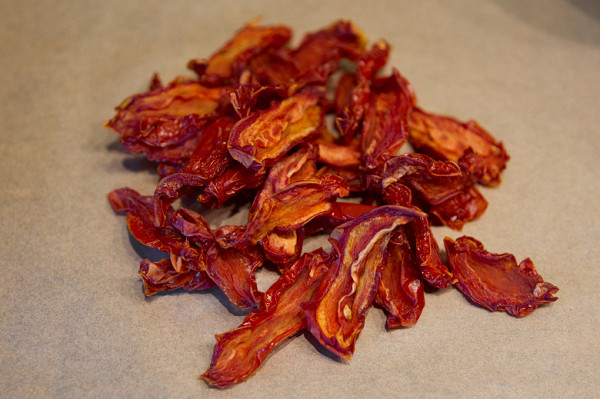
Result: excellent
Air fryer and semi-finished products
If you can reduce calories without sacrificing taste, you should take advantage of it. The Air Fryer mode provides the opportunity to fry semi-finished products, as in a deep fryer, but without the use of oil, which is usually heated to a boil.

We sprinkled the potatoes and chicken legs with wings with a small amount of oil, distributed them on a baking sheet and placed them in an oven preheated to 200 °C. After 20 minutes we were already enjoying delicious and not at all greasy food.
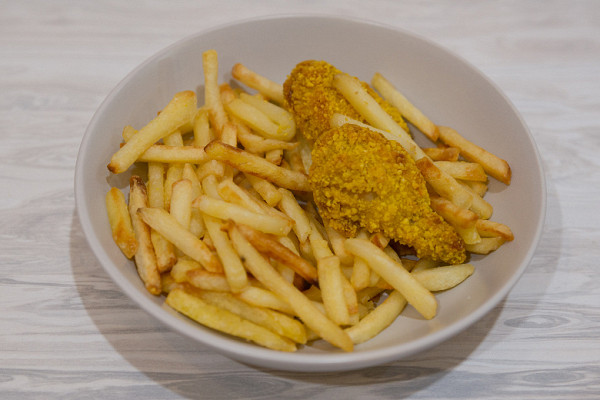
Result: excellent
conclusions
The Haier HOQ-K4AAN3GB oven performed excellently in all our tests, demonstrated flawless operation, uniform and, most importantly, stable heating.

The body of the built-in oven effectively retains heat, while the glass door and side walls do not heat up to dangerous levels, ensuring safety in use. A balanced selection of modes with a variety of heating element combinations and a spacious 72 liter chamber make this oven the ideal choice for a variety of cooking tasks in the home kitchen, suitable for preparing meals for the whole family. The advantages of the model include triple glazing with the ability to remove the door, removable side and telescopic guides, as well as convenient controls with adjustable backlight brightness and sound signals, including the ability to turn them off completely.
Pros:
- fairly uniform heating and stable temperature maintenance throughout the entire cooking time
- temperature setting in 1 degree steps, timer and control panel lock
- spacious chamber with a volume of 72 liters
- removable triple glazed door, side grilles and telescopic guides
- excellent thermal insulation of the case
Minuses:
- not detected
